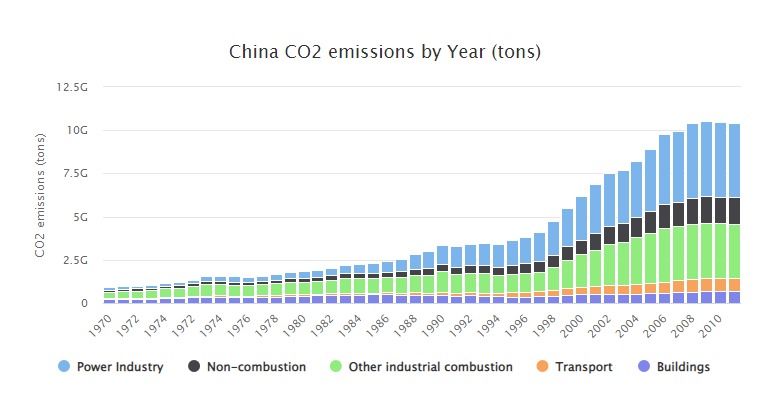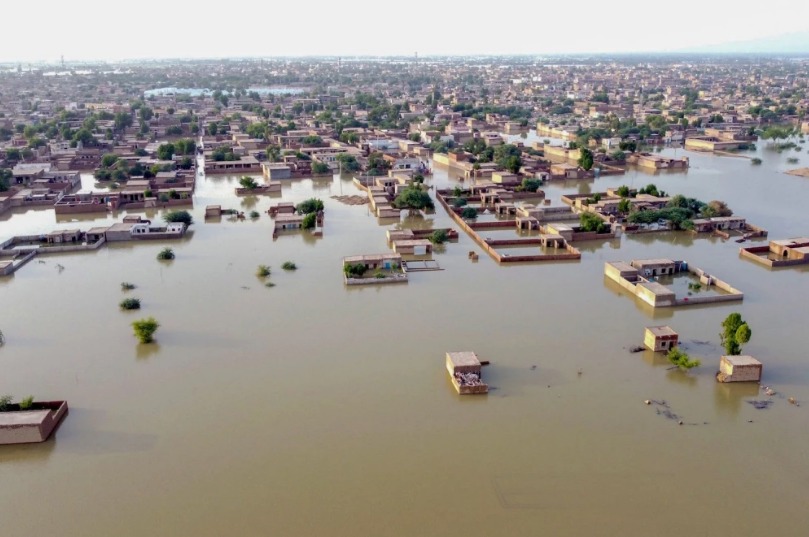COP27 is a global climate summit organized by the United Nations every year. At this summit, measures and activities to be taken against climate change and global warming are discussed. COP, “Conference of the Parties” started for the first time in 1995 at the Berlin Summit.
This year summit took place in Sharm el-Sheikh City, hosted by Egypt between November 6-18. It opened with the speech of Egyptian President Sisi. The summit ended later than expected due to time extension at November 20.
What are the conclusions from COP27?
Carbon Emissions and the Paris Agreement
Paris Climate Agreement, 191 climate summit participant countries agreed to reduce carbon emissions in 2015 to limit global climate change and global warming to no more than 1.5 degrees Celsius. Although states are aware of the global crisis on climate change, the lack of concrete steps taken in this regard has shown that it is more difficult to take concrete steps than making promises.
Most countries failed to limit or reduce their carbon and greenhouse gas emissions. China, USA and India make up the half of the carbon emissions with 29%, 14% and 7% shares. Despite a determined consensus on reducing emissions, many countries have further increased their carbon emissions since 2015. There is an increase in carbon emissions in countries such as China that led the way in carbon emissions. Turkey, respectably is in the middle of the emission list, with a share of 1% of the world's total carbon emissions.1
“Loss and Damage” Fund
The most important concrete result of the COP27 summit was the establishment of the "Loss and Damage" fund. The “Loss and Damage Fund” was an idea requested by the island countries in the past years. “Since 1987, the necessity of this mechanism was expressed even before it was not named, after the threat of rising sea levels become a problem to small island states they began to mention this kind of fund. The first mention of the concept of “lost and damage” by its name corresponds to 1991. Robert Van Lierop, representative of the Island State of Vanuatu on behalf of the Association of Small Island States (AOSIS), argued that the financial burden that small island states face due to sea level rise is the responsibility of the developed states.”2
Feeling the effects of global warming the most; Island countries, which have suffered enormous damage due to both rising temperatures and rising sea levels have been demanding compensation for years from developed countries. They see the developed countries as the biggest responsible for carbon emissions and global warming. The compensation that island countries have been demanding from developed countries for years finally materialized at COP27.
At the Summit, it was decided to establish “Loss and Damage” Fund. In the light of this decision, developed countries, which have a large share in causing global warming, will help developing countries and underdeveloped countries that have suffered the most from the climate change through this fund.
It was not easy, when the summit officially began, there were debates among country representatives, determining whether the lost and damage fund should enter the official agenda. Finally, the fund came into the spotlight, it was accepted by the developed countries too but on the condition that “do not guarantee compensation or necessarily accept liability”.
Consequences of Climate Change
Climate change continues to exhibit itself all over the world. While new temperature records are recorded in the world every year, there is an increase in regional disasters.3 This summer, due to high amount of rain, multiple floods hit Pakistan, floods costed 30 billion dollars of damage to economy of Pakistan. While the number of deaths due to the floods was announced as 1700, approximately 700 thousand houses and dwellings were damaged. 700 thousand farm animals also perished. Experts say that the melting of the Himalayan glaciers due to temperature increases caused the rivers in Pakistan to overflow easier than normal seasons.4
The flooding in Pakistan is just one example of worsening disasters and the climate crisis. For this reason, it is important to emphasize the 1.5 degree celsius goal which solidified in the Paris agreement. It was estimated that if Earth became get hotter than 1.5 degree celcius, than it will cause much larger and irreversible problems, while the disasters going to become worse than they are now.
[1] CO2
Emissions by Country - Worldometer (worldometers.info)
[2] COP
27: Will Loss and Damage Be the Dawn of Climate Justice? - Greenpeace
Mediterranean Turkey
[3] Images: Pakistan's
Floods Will Have a Long Impact (foreignpolicy.com)
[4] COP27
climate talks: what succeeded, what failed and what's next (nature.com)


